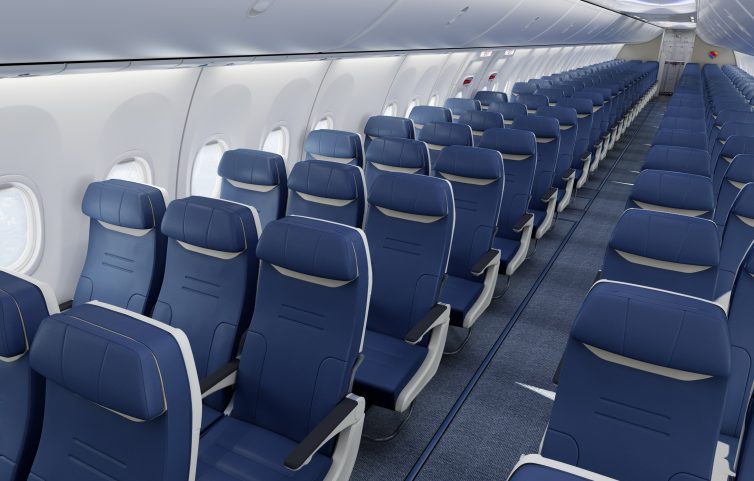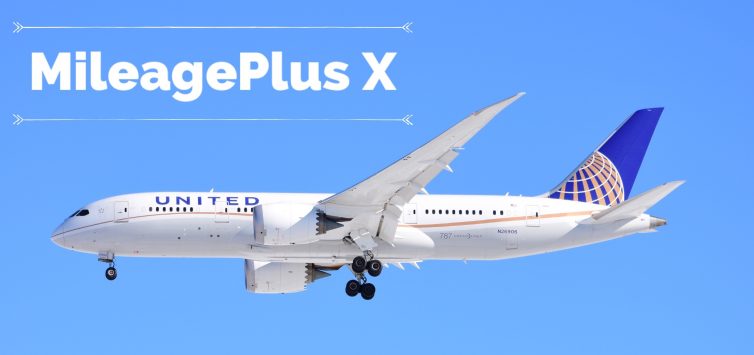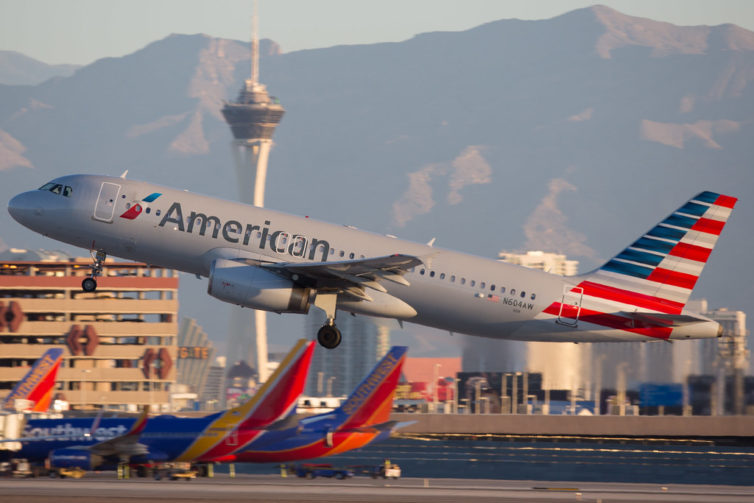Regular AirlineReporter readers likely know by now that I am a Southwest Airlines loyalist. No, not every flight I take is with Southwest, but indeed, most are. There are many reasons for my loyalty which I think I have done well to document over the years. But with each piece discussing my loyalty to the LUV airline, I get comments, tweets, and emails urging me to take my loyalty elsewhere. The perennial argument typically focuses on a chance at upgrades, and, in general, feeling “rewarded.”
Any given year I typically fly just enough between my day job, leisure, and AirlineReporter gigs to renew Southwest A-List. Like so many of my frequently flying cohorts, by the time Q4 hits I’m often in panic mode, forecasting upcoming travel and ensuring I’m on track for status renewal. Because of this there typically isn’t much wiggle room for me to experiment with other carriers.
This year has unfolded differently. By September I was well ahead of schedule for renewal, with multiple upcoming trips sure to push me over the mark. Sadly A-List Preferred was not in reach. For the first time in years, I didn’t have to worry about renewal and had the opportunity to start revisiting some of the other carriers with more regularity. But was there any incentive to? And who might I focus on? My backup airline is typically Delta, my favorite of the legacies. I fly them a few times per year already so I likely wouldn’t learn anything new. What about United? As a Lifetime Titanium perk, Marriott Bonvoy granted me complimentary United Silver status. But United is my least favorite airline…

With the Rapid Rewards updates, earning free seats is easier for some but harder for others. – Photo: Southwest Airlines
Last month Southwest Airlines announced three updates to their Rapid Rewards frequent flyer program. Typically when travel and hospitality rewards programs are updated, it results in a net-negative for consumers. These changes, however, are more of a mixed bag. The updates have also resulted in some confusion. Following the announcement, I received a handful of notes from folks asking for further explanation. It seems that when it comes to Southwest, I’m The Points G… Um, I guess we’ll go with Guru? [Editor: We also considered Gangsta, Gentlemen, Gladiator, Gossiper, Goat, Grumbler, Grizzly, and our favorite Geezer]
Let’s explore the changes together…

MileagePlus X: A simple way to earn free #UA787 flights – Photo: JL Johnson
Let’s get something out of the way. I am not a United fan. In fact, I have said numerous times that all things equal, I’d rather fly Spirit. Why do I bring this up? Because after using United’s MileagePlus X App for a year, I’m starting to come around. And that, my friends, is a pretty big deal. Opinions formed from years of disappointment and failures at all levels don’t change overnight. They certainly don’t change as the result of side-project ancillary revenue apps. But here I am, about to tell you why you should be a MileagePlus X user too.
The United MileagePlus X concept is simple: Use the app to buy gift cards for everyday purchases at thousands of retailers and get United miles as a kickback. Earnings per dollar spent at merchants vary widely, typically between one and five miles. Earnings are dependent upon on the merchant and the time of year. For example, the standard for Amazon seems to be one mile per dollar, but I have seen up to three. The norm for Gap/Old Navy/Banana Republic is five, but for a while during back-to-school season earnings jumped to ten miles per dollar.
This arrangement is win/win/win. United gets a slice of the transaction (yay ancillary revenue!), the retailer gets a sale they may have otherwise lost, and the consumer gets miles. The concept United is using is far from the typical dining or shopping programs offered by nearly every other airline. When I think of the words “innovative” and “pioneer” United does not come to mind. But both apply in the context of MileagePlus X.


